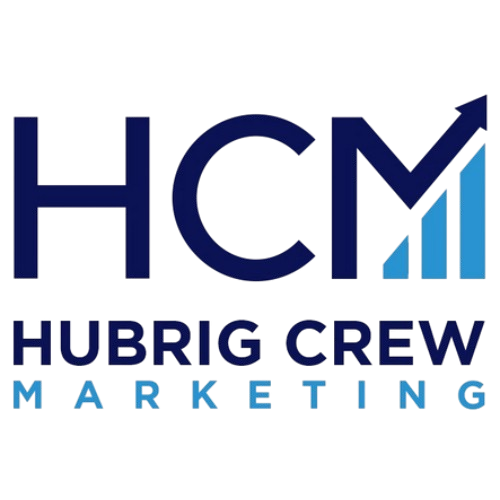Understanding Digital Ads
In today’s digital age, digital ads play a pivotal role in modern marketing strategies. Digital advertising involves launching ads through online channels to promote brands, products, or services. These ads utilize platforms like websites, social media, and search engines to effectively reach potential customers.
There are various types of digital ads designed to cater to different marketing goals. Common formats include search engine advertising, which encompasses search ads, display ads, shopping ads, and more. Social media advertising is another popular format, leveraging platforms like Facebook and Instagram to engage audiences through sponsored posts, carousel ads, and video ads. Additionally, content and native advertising mimic the media format, providing value through authentic content.
“Digital advertising is indispensable in the fast-paced digital world,” due to its ability to offer reliable sales sources, expanded reach, and precise targeting. Businesses can track sales and return on ad spend in real-time, enabling informed decisions and efficient budget allocation. This makes digital ads essential for maintaining visibility, staying competitive, and understanding customer insights in today’s marketplace.
Identifying Your Target Audience
Understanding your target audience is pivotal in maximizing the impact of digital ads. Audience research lays the foundation for success by providing insights that drive strategic decisions in marketing and beyond. This research helps in crafting well-defined buyer personas, ensuring marketing efforts are focused and effective.
To fully grasp your audience, it’s crucial to integrate both demographics and psychographics. Demographic data gives you quantitative insights like age and income, while psychographic data delves into attitudes and values, offering a deeper understanding of consumer motivations. This dual approach enables more tailored communications that resonate with your audience.
For effective audience analysis, businesses can leverage tools such as Google Analytics for detailed insights, Facebook Audience Insights for psychographic data, and SurveyMonkey for market research. These tools aid in refining campaigns and improving targeting, ultimately enhancing ROI.
By understanding and segmenting your audience using these methods, businesses can create more impactful digital ad strategies that truly engage and convert.
Leveraging Data and Analytics
In the realm of digital advertising, leveraging data and analytics is crucial for optimizing campaign performance. Monitoring ad performance through ad tracking provides valuable insights into consumer behavior and preferences. This data-driven approach allows marketers to make informed decisions, leading to higher conversion rates and improved ROI.
“Data-driven decisions eliminate guesswork, allowing brands to optimize their marketing strategies effectively.”
When tracking ad performance, it’s essential to focus on key metrics that provide a comprehensive view of campaign success:
- Total Site Traffic: Measures unique visitors from various sources.
- Bounce Rate: Indicates the quality and relevance of site content.
- Conversion Rates: Tracks completed actions, such as purchases or sign-ups.
- Return on Advertising Spend (ROAS): Evaluates the profitability of ad expenditure.
To effectively analyze these metrics, businesses can utilize a range of tools. Google Analytics provides insights into audience demographics and behavior, while Fullstory offers detailed session replays to optimize user experiences. For a more comprehensive approach, consider PPC management services that can enhance your ad strategies and improve overall performance.
Crafting Compelling Ad Content
Creating compelling ad content is a critical component of a successful digital marketing strategy. Effective ad copy begins with a clear and compelling headline that grabs attention and communicates the main benefit or offer. This is followed by persuasive and concise messaging that highlights the unique features and benefits of your product, addressing the audience’s needs or pain points.
The importance of visuals in ads cannot be overstated. They influence consumer behavior, enhance brand messaging, and evoke emotions more effectively than text alone. For instance, a children’s cereal brand using cartoon characters to draw in its young audience showcases the power of engaging visuals.
To enhance creativity in ad campaigns, businesses can focus on eye-catching designs that adhere to platform guidelines. By leveraging data for personalization and avoiding clutter, ads become more resonant with the target audience. A prime example of this is Coca-Cola’s “Share a Coke” campaign, which personalized bottles with names, boosting both engagement and sales significantly.
By integrating these elements, your ad content can captivate attention, strengthen brand recognition, and drive conversions.
Choosing the Right Digital Channels
In the digital marketing landscape, selecting the right platforms is crucial for maximizing ad impact. Popular platforms include search, social media, and alternative advertising channels. Choosing the right one can significantly affect your campaign’s success.
Here’s a quick comparison of key platforms:
| Platform | Pros | Cons |
|---|---|---|
| Google Ads | High reach and precise targeting | High competition can increase costs |
| Meta (Facebook) Ads | Large audience and versatile ad formats | Privacy concerns and algorithm changes |
| LinkedIn Ads | Effective for B2B marketing | Higher cost per click |
| TikTok Ads | Engages younger demographics | Limited older audience reach |
To align channels with audience preferences, businesses must understand their target audience’s habits and interests. Platforms like Instagram and TikTok are ideal for younger, visually-engaged audiences, while LinkedIn suits professional B2B interactions. By strategically selecting platforms that resonate with your audience, you can enhance engagement and drive better results.
Optimizing Your Ad Campaigns
In the dynamic world of digital marketing, continuous improvement is key to maximizing the impact of your ad campaigns. A/B testing, also known as split testing, plays a vital role in this process. It allows marketers to test different versions of ad elements, such as headers and CTAs, to discover what resonates most with their audience, leading to enhanced engagement and increased conversion rates.
“Ad optimization is an iterative process that thrives on constant refinement and adaptation.”
- A/B Testing: Implement it regularly to make data-driven decisions and refine your ad content based on real user behavior.
- Data Infrastructure: Establish a robust data infrastructure to track key performance metrics and leverage full-funnel data for comprehensive insights.
- Customer Feedback: Use feedback to understand customer preferences and tailor your strategies accordingly, enhancing both ad effectiveness and user experience.
- PPC Management: Consider professional PPC management services to optimize your campaigns and ensure you are maximizing your ad spend.
By incorporating these strategies, businesses can continuously adapt to changing market conditions and user preferences, ensuring their ad campaigns remain relevant and effective.
FAQs on Digital Ad Strategies
What are digital ads?
Digital ads are online marketing tools that utilize various digital channels to target specific audiences. They include formats such as banner ads, social media ads, and video ads.
How do I measure ad performance?
Key metrics include impressions, click-through rates (CTR), conversion rates, and cost-per-conversion. Tools like Google Analytics and data visualization platforms can help track these metrics effectively. For more on metrics, click here.
How can A/B testing improve my campaigns?
A/B testing, or split testing, allows you to compare different versions of ads to see which performs better, leading to data-driven adjustments. It enhances engagement, conversion rates, and user experience. Learn more about A/B testing here.
What tips do you have for beginners?
Start by identifying your target audience and use customer feedback to refine your strategies. Utilize basic analytics tools to track performance and gradually explore more advanced techniques like data visualization and CRM integrations.
These foundational insights can set you on the path to mastering digital ad strategies and optimizing your campaigns for maximum impact.



